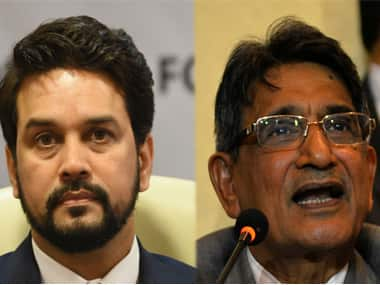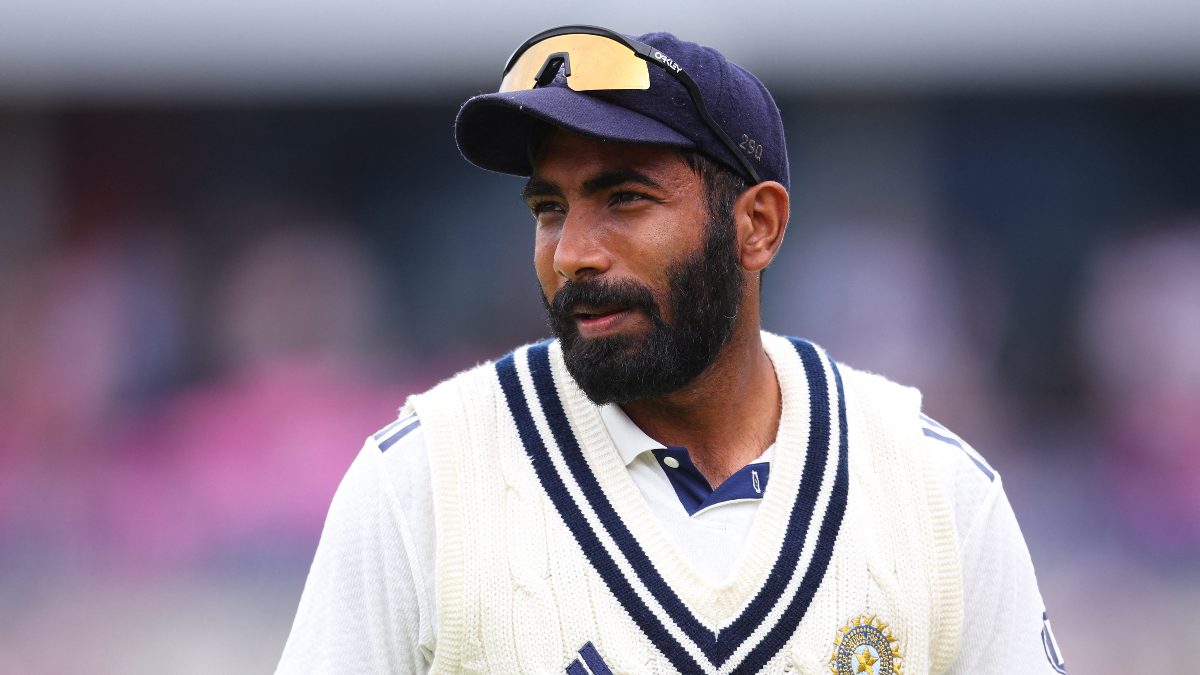Will the Supreme Court pass a judicial order replacing elected representatives of the Board of Control for Cricket in India (BCCI) with an observer who would make the board Lodha Committee report compliant? This was the key request of the Committee after it stated that the main representatives of BCCI and state associations did not meet approved criteria. The Court, which reserved orders, sits on Monday to deliver its verdict on the issue. The long drawn tussle between the Lodha Committee, which is unhappy with the Board dragging its feet on implementation of the recommendations, and the latter who insist that many of the recommendations are unfeasible, has led to considerable fatigue all round. [caption id=“attachment_3036690” align=“alignleft” width=“380”]  File photos of Anurag Thakur and Justice RM Lodha. PTI[/caption] “We want cricket to function properly and that is why the reforms are suggested. We want the matter to be over so that the panel members can get on with other work,” Gopal Sankaranarayanan, secretary of the Lodha panel, is reported to have told a leading newspaper. The Board which has conducted two Special General Body Meetings since that day in October, is just as weary and has pointed out that the onus of ringing in key changes rested with its affiliated units which, along with the BCCI, were legally formed under various acts. Earlier, the Board president Anurag Thakur had submitted a report that the state associations had rejected the Lodha report and had instead wanted each recommendation to be discussed and voted. What followed was an SGM where the recommendations were discussed threadbare. The Board claimed that its units accepted most of the panel’s recommendations, but this was described by others as being “selective”. The Board’s resistance was to these points: 1. One state one vote (Maharashtra has three associations with vote: Maharashtra, Mumbai and Vidharbha. The state of Gujarat too has three votes through Gujarat CA, Saurashtra CA and Baroda CA,) 2. Retrospective restriction on office-bearers’ term of office. The Board wants this to be a prospective one. 3. Cooling off after each three-year term. It instead wanted the cooling off to be after two terms of three years each, ie six years at a stretch as this would ensure continuity. 4. Age cap of 70 years as this would deprive BCCI of able, fit, experienced and mature administrators. 5. Sidelining of Railways and Services who have been intrinsically involved with the promotion and development of cricket and cricketers for decades and have provided scores of jobs for budding cricketers (including MS Dhoni.) The Board said that it was agreeable to the rest of the recommendations but the Lodha Committee wanted the report to be accepted in toto. Many believe that State units cannot easily accept these changes as it would result in their members stripping themselves of their rights. For instance, if the same were to be accepted, the Karnataka State Cricket Association’s 1900-odd voting members would have to forgo many of their rights. Just 400 members can stymie any such attempt to change the constitution. If 400 members state that they are happy with the current state of affairs which has seen the game, players, association, state along with various districts, zones and the members benefit substantially, the attempt of the office-bearers to change the constitution would fail. Having said that, it is believed that the lack of access to their share of BCCI’s funds, is hurting the state units. Thus, a judicial order could be the only solution to the impasse, except that it might trigger further consequences. It is interesting that Vidarbha, Tripura and more recently Hyderabad have agreed to implement the Lodha report. Vidarbha and Tripura were among the first to accept the report although the former seems to have tweaked the acceptance a bit. They have 11 rather than the recommended nine members in the Apex council and have stated that they would appoint an ex-cricketer into the cricket committee. Likewise the state CAG’s representative would be inducted into the finance committee. But it is Hyderabad’s conduct that is the talking point. The association was in the news for all the wrong reasons of late. The anti-corruption bureau had laid a series of charges against the office-bearers, including former Test cricketer and president Arshad Ayub who is alleged to have misused four crores. HCA recently called for an SGM and in that meeting, “Our president Arshad Ayub informed the house that everybody was in favour of implementing the reforms within the first 15 seconds. He then got up and left. We were surprised with his sudden departure. Probably he didn’t want to discuss any of the points. We really don’t know the reason,” vice-president Prakash Jain who later conducted the meeting, told New Delhi’s The Indian Express. These apart there is a real fear that the total implementation of the Lodha report could result in the formation of numerous “letterhead associations”, particularly from the North East where the game of cricket is completely alien. This could have long term consequences for Indian cricket. Thus while some of the Lodha Committee recommendations could do a world of good in terms of accountability and transparency, it is the whole package that BCCI dreads. Perhaps the Supreme Court, in its infinite wisdom, could provide just the required direction for the greater glory of Indian cricket.
While some of the Lodha Committee recommendations could do a world of good in terms of accountability and transparency, it is the whole package that BCCI dreads. Perhaps the Supreme Court, in its infinite wisdom, could provide just the required direction for the greater glory of Indian cricket.
Advertisement
End of Article


)

)
)
)
)
)
)
)
)



